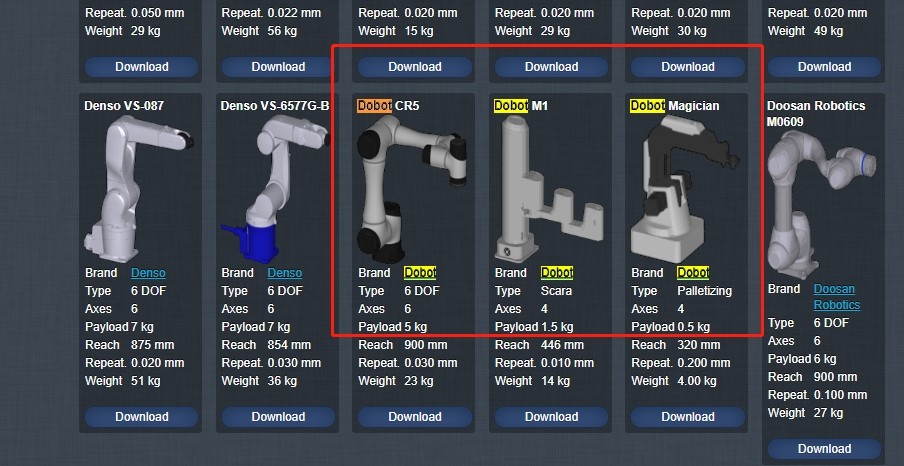Can Robotics Teach Problem Solving to Students?
Critical thinking and problem-solving skills are essential to success at university and in later life. However, the traditional classroom model has done a poor job of imparting these skills to students. The way children have learned in the classroom for generations has focused on lectures and worksheets. Past generations would depend on group sports, clubs and teenage jobs to impart these vital skills onto students.
However, new ideas suggest that robotics may hold the key to teaching problem-solving skills to students. Using robots to teach real-world skills may be a strange concept, but is it worth exploring? We think so and here’s why.
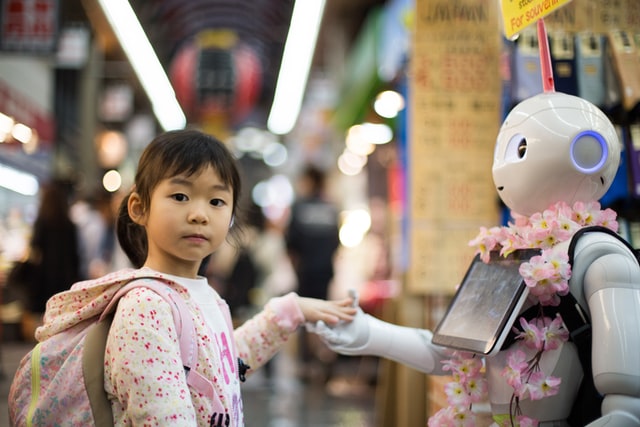 Photo by Andy Kelly on Unsplash
Photo by Andy Kelly on Unsplash
- 0 Comments
- Jul 15, 2020 10:00:00 AM
- Posted by Natalia Galvis
- Topics: Robotics, STEM, Coding, Robots,, students, summer, Edchat, online, distance learning
Only One in Five Schools Offered 'Rigorous' Remote Learning, Study Says
.jpg?width=678&name=remote-learning-IMG%20(1).jpg) Image: iStock/Getty
Image: iStock/Getty
Only 20% of schools offered rigorous, technology-based remote instruction while school buildings were shut down this spring, according to a new report from the American Enterprise Institute, and students in K-12 districts with a majority of high-poverty or low-achieving students were less likely to receive rigorous instruction at a distance.
- 0 Comments
- Jul 2, 2020 10:00:00 AM
- Posted by Natalia Galvis
- Topics: Robotics, EdTech, STEM, Coding, Drones, Robots,, students, programming, Dobot Robotic Arm, STEMchat, Edchat
Teacher Jorg Duitsman Teaches Robotics & Engineering Courses With Dobot Magician in The Netherlands
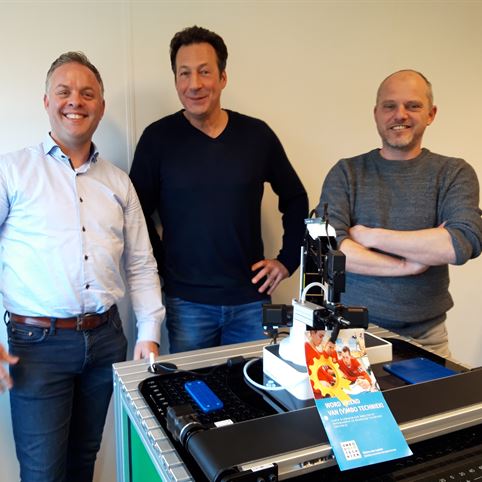
In August 2018, Jorg Duitsman started his teaching position in the departments of Mechatronics and International Engineering at Summa College. Jorg is a long-term lover of technology and maker education. Like any other technology teachers, Jorg was eager to find a better way to teach problem solving, critical thinking, and other important 21st century skills in classrooms. That’s when he started searching and found DOBOT. Later on, he purchased 20 Dobot magicians and two Dobot m1 for his school.
- 0 Comments
- Jul 1, 2020 10:00:00 AM
- Posted by Natalia Galvis
- Topics: Robotics, EdTech, STEM, Coding, Drones, Robots,, students, programming, Dobot Robotic Arm, STEMchat, Edchat
Italian Airport Deploys Robots to Protect Against Contaminants
The Milan Malpensa International Airport in Italy is a major airport that welcomes over 20 million passengers each year. Their customers' safety is crucial, especially in these unprecedented times. To help protect travelers from contaminants such as COVID-19, they've decided to implement Connor UVC robot to systematically disinfect the Airport to help prevent the virus from spreading.
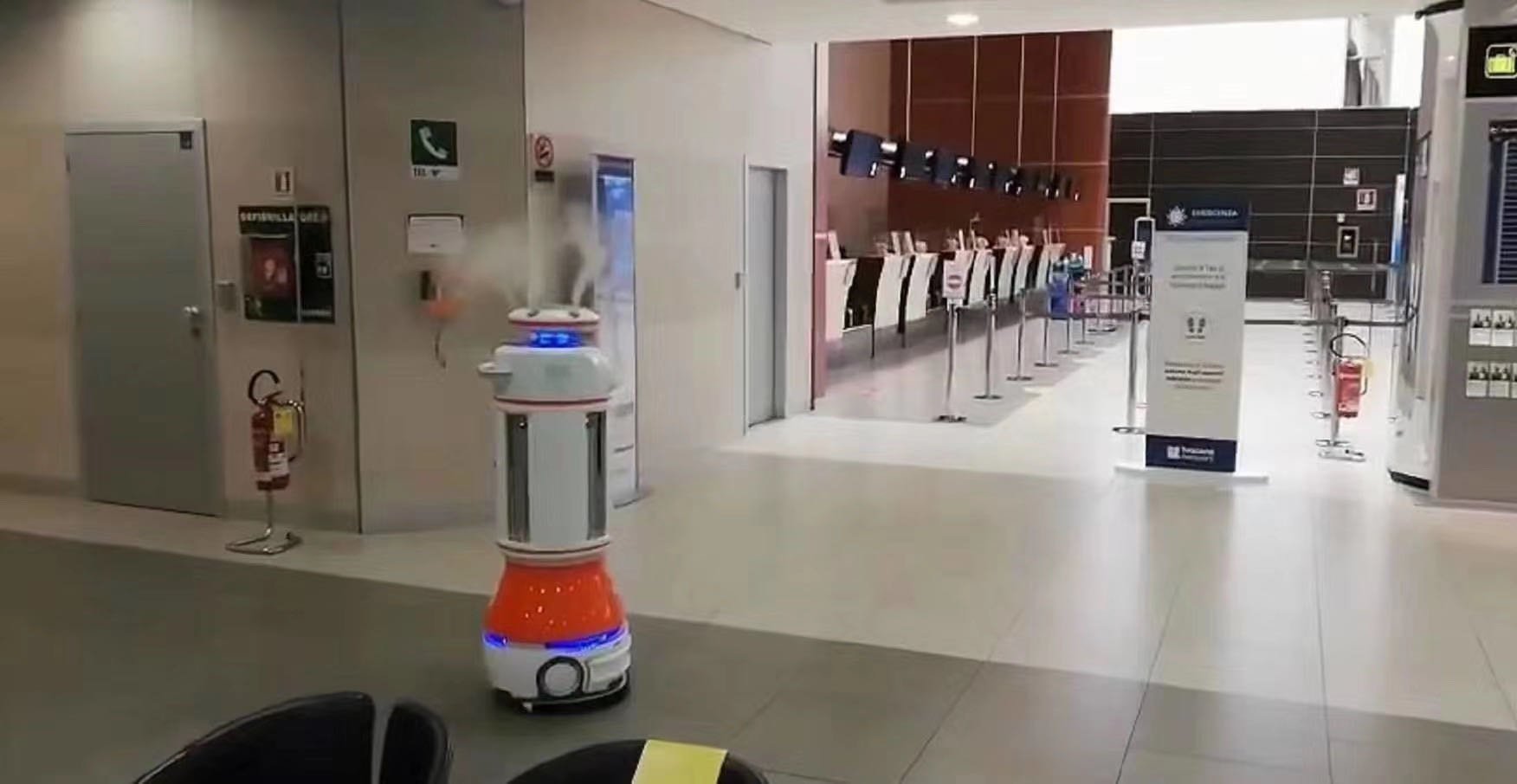
The Milan Malpensa Airport is the first Airport in Italy to deploy robots to clean and disinfect airport terminals. The Connor UVC Robots have already been tested and are actively at work targeting bacteria that are both in the air and on surfaces.
- 0 Comments
- Jun 24, 2020 10:00:00 AM
- Posted by Natalia Galvis
- Topics: Robotics, EdTech, STEM, Coding, Robots,, students, programming, STEMchat, Edchat, AI, disinfection robots
4 Ways Artificial Intelligence is Changing The Classroom
Artificial intelligence is both today’s ultimate breakthrough technology and a bit of a buzzword. It is, however, changing many facets of our lives, some of them quite noticeably. Whether AI is applied in business, industry, healthcare or education, it is often used as more or less an umbrella term, meaning that a product or system has something to do with big data, machine learning, pattern recognition and cognitive analysis, natural language processing (NLP), computer vision, neural networks, and so on.
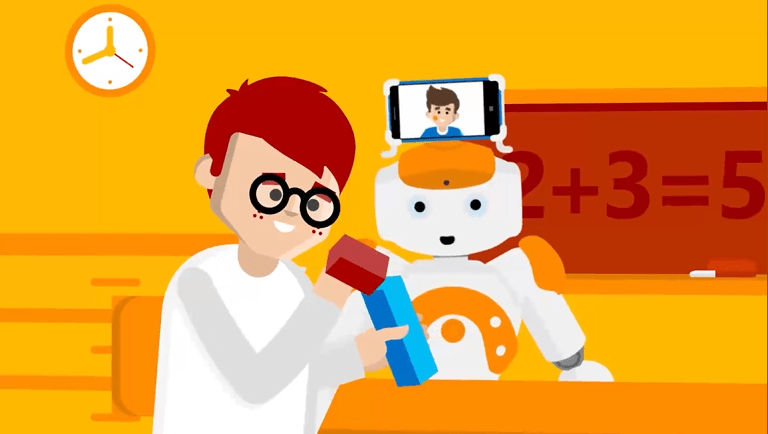
Individually or combined, these aspects of artificial intelligence proper can power a variety of tools, educational aids, and digital learning platforms. Their main objective is to assist, augment, and streamline the traditional classroom experience without necessarily disrupting its core processes (so no “sentient robots to take teachers’ jobs” or “artificial intelligence to replace educational systems” here, sorry).
With that in mind, here are four examples of real-life applications of AI changing the classroom, from established projects to soon-to-be-reality initiatives.
- 0 Comments
- Jun 10, 2020 10:00:00 AM
- Posted by Natalia Galvis
- Topics: Robotics, EdTech, STEM, Artificial Intelligence, Coding, Robots,, students, programming, STEMchat, Edchat, AI
Five Ways to Encourage Your Child to Pursue STEM
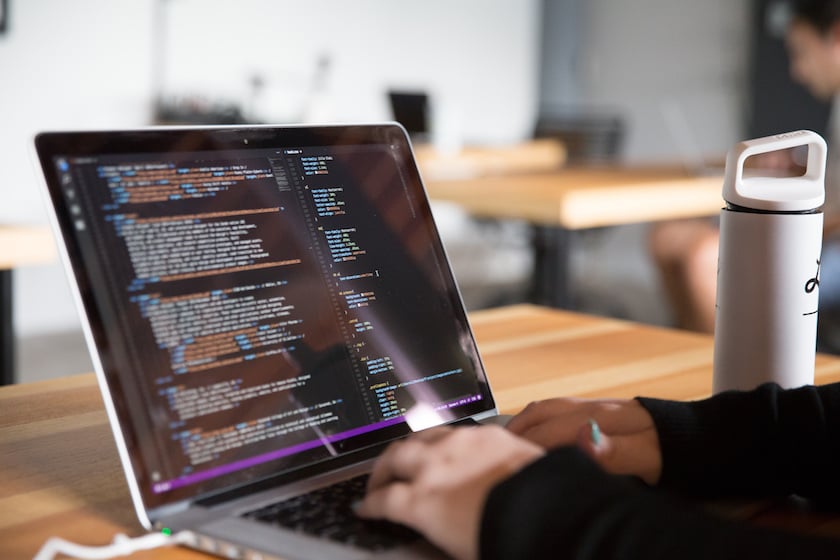
Coding is the language of the future.
You’ve probably heard this many times before and might be worried how to make sure your child learns this new language on top of playing sports, doing their homework, and just being a kid. Don’t panic. The good news is that anyone can learn how to code and there are many free or inexpensive resources available.
- 0 Comments
- Jun 9, 2020 10:00:00 AM
- Posted by Natalia Galvis
- Topics: Robotics, EdTech, STEM, Computer Science, Coding, Robots,, students, programming, STEMchat, Edchat, Computational thinking
Five Coding Activities to Do with Your Kid This Summer
Summer is perfect for playing at the pool, eating popsicles, and playing outside, but it’s also a great opportunity to engage kids with computer science concepts. We’ve compiled a few of our favorite computing activities that parents, teachers, camp counselors, and more can implement into the day. Not only are they super fun, but they teach kids important skills that could lead to future success once they’re back in the classroom this fall.
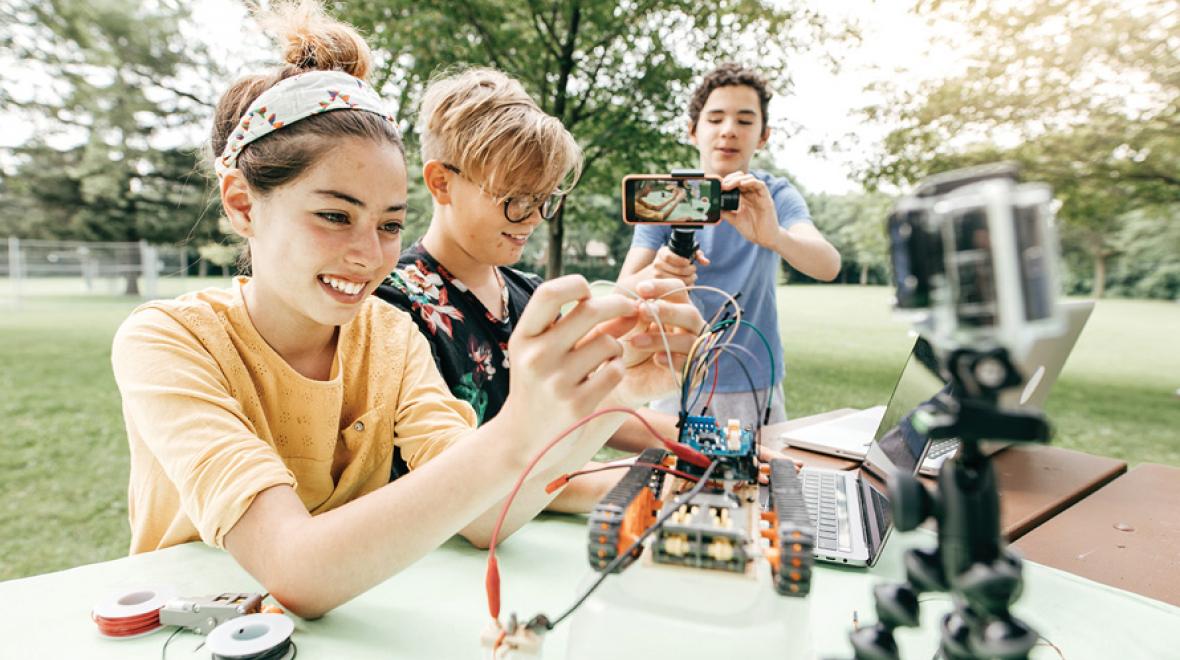
- 0 Comments
- Jun 8, 2020 10:00:00 AM
- Posted by Natalia Galvis
- Topics: Robotics, EdTech, STEM, Coding, Robots,, students, programming, STEMchat, Edchat
The Importance of Robotics in Education
Educators on all levels — teachers, principals, and superintendents — know the value of learning science, technology, engineering and math (STEM) and focusing on technology in education.
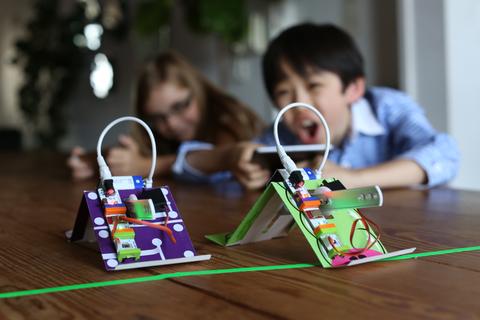
Robotics takes education technology to a new level, creating the next evolution in teaching. That’s because introducing robotics to schools means making STEM skills and knowledge hands-on and fun, to prepare students for the future in a way that feels more like creativity and less like homework.
Robotics requires all of the subjects of STEM, so it’s a well-rounded approach to educational technology and learning.
- 0 Comments
- Jun 5, 2020 10:00:00 AM
- Posted by Natalia Galvis
- Topics: Robotics, EdTech, STEM, Coding, Robots,, students, programming, STEMchat, Edchat
Using the Outdoors to Teach STEM
An engaging activity encourages students to explore math in everyday spaces like parks and school campuses.

- 0 Comments
- Jun 4, 2020 10:00:00 AM
- Posted by Natalia Galvis
- Topics: Robotics, EdTech, STEM, Coding, Robots,, students, programming, STEMchat, Edchat
Good News! DOBOT CR5, M1 and Magician Have Been Added to RoboDK library to do robot simulation!
RoboDK Software makes it easy to stimulate and program industrial robots. With RoboDK you can simulate over 400 robots from 40 different robot manufacturers, and generate robot programs for any robot controller. RoboDK is a powerful and cost-effective simulator for industrial robot arms.
- 0 Comments
- Jun 3, 2020 10:00:00 AM
- Posted by Natalia Galvis
- Topics: Robotics, EdTech, STEM, Coding, Drones, Robots,, students, programming, Dobot Robotic Arm, STEMchat, Edchat
Relevant Posts
Popular Posts
Subscribe to Email Updates
-
I Want To Learn MoreADDITIONAL INFORMATION


